Maintaining a manual screen printer is crucial for ensuring smooth operation and longevity. Emphasizing cleanliness is fundamental; keeping the press and its surroundings free from ink spills and debris aids in efficiency. Regularly wiping down the press and organizing tools and materials are essential practices.
Stability is key, so leveling the press's feet is a must to provide a solid foundation for printing. This involves using a bubble level to adjust each corner until the press is perfectly level.
The press's arms require attention to ensure bearings are free from lint and dust and are well-lubricated, potentially replacing them annually. Platens should remain secure yet adjustable, and their level should be checked monthly with a bubble level.
Monitoring the heads is also important; springs should be tight enough to support the screen and replaced if worn. Off-contact adjustments need to be level, and all bolts, especially hex bolts, should be checked regularly to maintain tightness.
A monthly routine to level platens is recommended. This involves ensuring the screen is parallel with the platen for even force application during printing. Using a ruler, adjust the off-contact adjustment knobs to the same height and measure each corner of the screen to the platen to confirm parallelism.
By adhering to these maintenance tips, downtime can be minimized, and the need for part replacements reduced. Keeping a stock of common replacement parts like springs and bolts is advised for quick repairs when necessary.

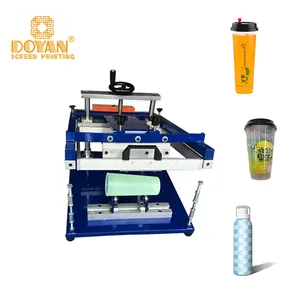











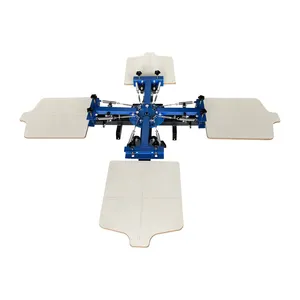


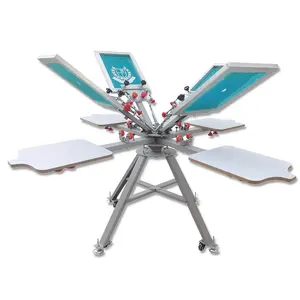


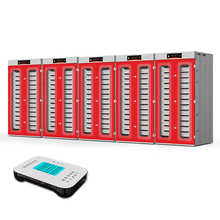
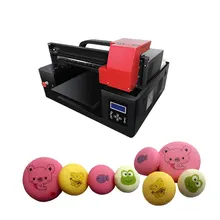































 浙公网安备 33010002000092号
浙公网安备 33010002000092号 浙B2-20120091-4
浙B2-20120091-4